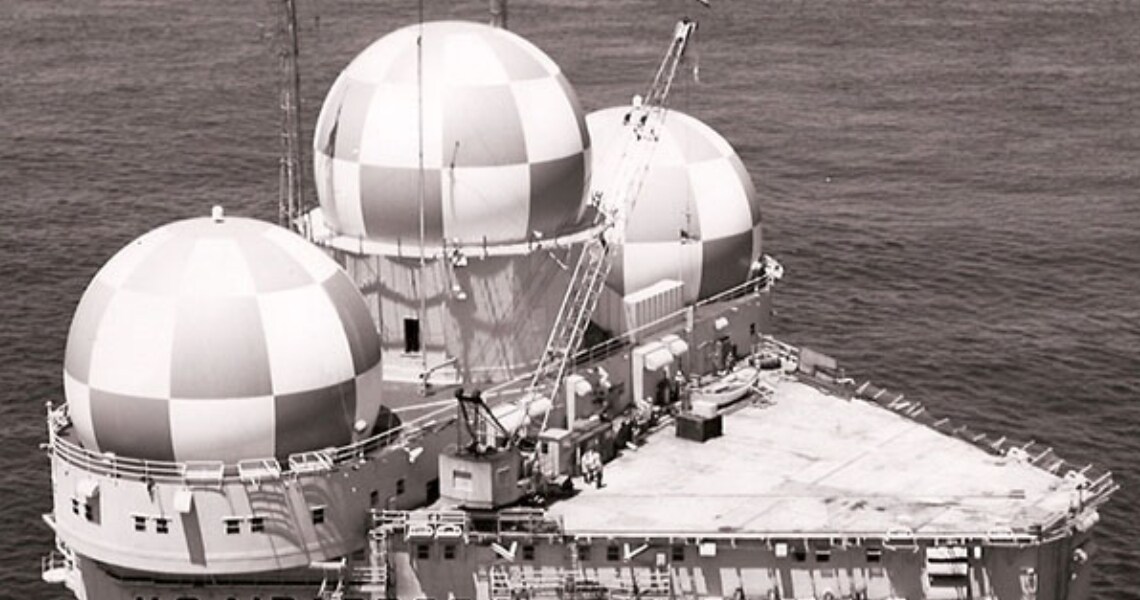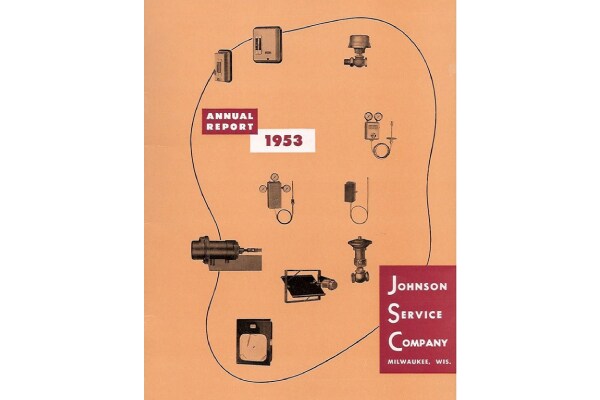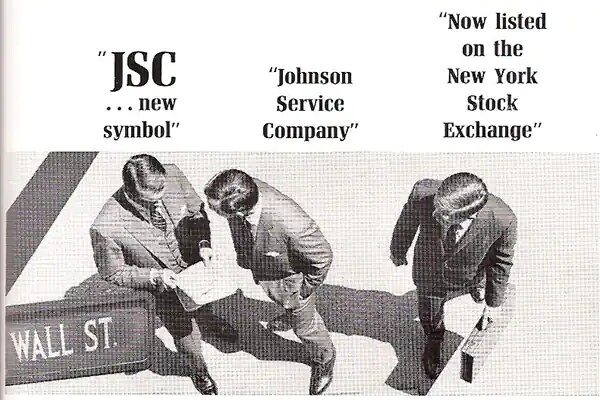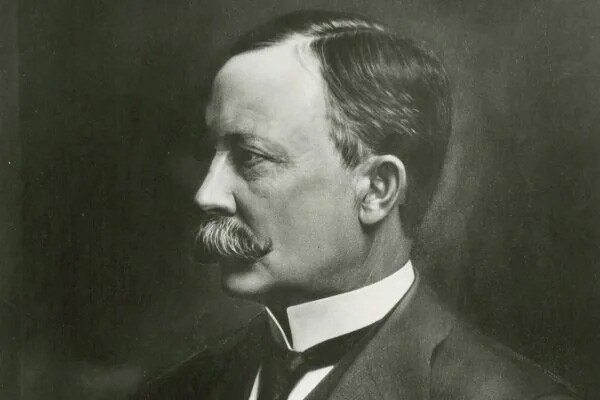This Month in History: U.S. Air Force Enlists Johnson Controls for Offshore Project
Jan. 11, 1954: Construction part of air defense system
On Jan. 11, 1954, the United States Air Force approved the construction of five Texas Towers as a part of its Air Defense System. The Texas Towers were offshore radar facilities named for their resemblance to oil-drilling rigs found along the Texas coastline in the Gulf of Mexico. They were constructed from 1958 to 1960 in the Atlantic Ocean along the eastern seaboard of the United States as a platform for long range radar against a possible Soviet bomber attack.
Company workers would travel to the Tower sites by helicopter or boat, work seven twelve-hour days, and then head back to shore.
The Johnson Service Company (now Johnson Controls) was contracted to supply the controls for the Towers' direct radiation, heating, and ventilating units, as well as its chilled water system, and exhaust fans. The work was complicated by the fact that the entire structure was made watertight, floated to sea, and then erected. Company workers would travel to the Tower sites by helicopter or boat, work seven twelve-hour days, and then head back to shore. Only three (#2, #3, #4) of the planned five Texas Towers were built. With the advent of the Soviet ICBM force, the perceived threat from a Soviet bomber attack was reduced, and the remaining Towers were decommissioned in 1963.
Related Items
This Month in History: December 1982
Among Johnson building automation systems of the period, the JC/85/20 was unique in that its central processing unit was engineered and manufactured by company employees.
This Month in History: November 1953
The November 19, 1953 issue of American Metal Market announced that the Johnson Service Company (Johnson Controls' former name) had opened four new branch offices across the nation.
This Month in History: October 1965
October 11, 1965 marked the first day that Johnson Service Company (the former name of Johnson Controls) was listed on the New York Stock Exchange.
History
In 1885, long before anyone talked about carbon footprints or climate change, Warren Johnson launched a company to explore new ways to harness and conserve precious energy resources.



















.jpg?la=en&h=320&w=720&hash=244C75B74F0F77521D56164450973BCD)










































